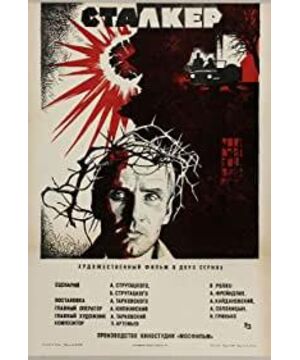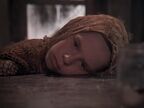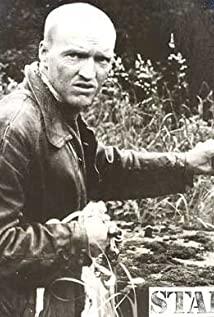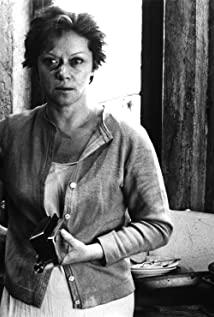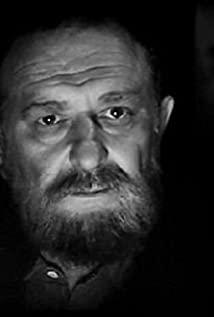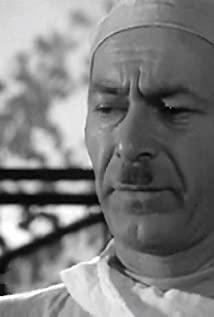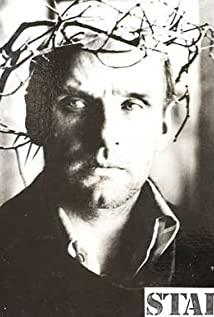Day 46 Stalker Сталкер
1979 Andrei Tarkovsky
I watched some behind-the-scenes footage of "Stalker" on the Internet. This sci-fi and philosophical story was completely raised in my heart. How this "deadly" masterpiece made Tarkovsky lose his mind.
The film was filmed at abandoned power plants in Estonia and Tallinn for its "expressive textures". It was incredibly beautiful, but it also caused many logistical problems. Crews often have to work for hours on end in some very uncomfortable situations. The wasteland, mud, sewage we see in the film; the actual situation is often many times worse than the situation presented in the film.
Months after the first shot, the film was taken to a Moscow laboratory to be developed, but when it was done, they found that "the image looked dim and green," after months of intense pressure and hectic work. The results of the work were destroyed in one fell swoop. "It's like looking back at all the problems and troubles you've had while shooting, and then suddenly you realize that your camera isn't loaded with film." There are two problems, the improper processing of the film, but the quality of the film itself. The film they used was the well-known Kodak 5247, and the Soviet labs had no experience developing this film. (The Shining Star Wars and Blade Runner were both used at the time.)
That's how they fired the assistant of photography, the art director, and the photographer Bereg (who also shot Mirror).
Tarkovsky and Bereg were often at odds on set. Once, Tarkovsky asked Bereg to do an effect he had seen in Bergman films, they even set up a "special room" for it, but Bereg didn't do what he wanted . Tarkovsky was so mad at him that he fired Bereg immediately after the film was destroyed.
In his diary, he wrote that the 1970s were a very difficult time for Tarkovsky. His 1966 film "Andrei Rublev" was banned from domestic release, and the script for his next film was shot because it was too personal. This is the later "mirror".
The studios are preparing to cancel the Stalker filming, and they keep losing money without canceling the film outright. They decided to let Tarkovsky try again, but for half the money.
Tarkovsky decided to find a new photographer, and he found Leoni Kalashnikov. The following fall, they reshot for several months at an abandoned hydroelectric power station in Estonia after an earthquake hit their previous location. Tarkovsky watched the movie... it was terrible, without the magic of the movie.
So he fired Leoni again.
Then, Tarkovsky decided to make Stalker a third time. This time, Alexander Konizinsky came. He changed the script, so the third version is what we see today.
Producers at the time needed to build fences when entering the "district" in the film, but there was no budget at the time. But when shooting started, the fence was already installed. The producers hinted that "materials may have been stolen, found, exchanged...".
Another shot that was canceled by budget cuts was "Tanks lurking in the fog." In the first year, they had seven or eight tanks and five armored vehicles, and in the second year they were limited to three tanks and two armored vehicles. These were all shipped from Moscow. In the third year, the tanks were brought, but only given 1.5 hours, when they really needed two or three days, so that there was time to shoot from multiple angles, and it had to be placed at the entrance of the "district".
"None of the changes are accidental, they are the result of complex creative work."
Viewers won't realize how painful it would be to be there, and Tarkovsky is good at creating dreamlike images. In one scene, staff stood for hours with "knees dipped in stinky oil puddles"
"The sewage from an upstream paper mill enveloped the entire studio in a foul-smelling miasma" for several months. That "red foamy river" was actually "pulp and paper waste dumped by factories into the river."
The location of the hydroelectric power plant and chemical plant caused many of the crew to later die of illness, possibly related to working near hazardous chemicals and radiation. Three of the victims were the actor who played the writer, Tarkovsky himself, and Tarkovsky's wife. Tarkovsky was only 54 years old when he died.
These make the movie appear to be the core images of the Chernobyl disaster nuclear leak. In fact, the film was made in 1979 and the Chernobyl accident happened in 1986. The nuclear leak made the surrounding area uninhabitable, and the area was known as the "quarantine zone." Those who went to the Chernobyl nuclear power plant called themselves "stalkers".
"It takes money to make a movie, and only paper and pen to write a poem. This is the disadvantage of the movie, but I think the charm of the movie is incomparable. I would like to express my gratitude to all the directors who are not afraid of danger and strive to realize their movie dreams. pay tribute."
View more about Stalker reviews


